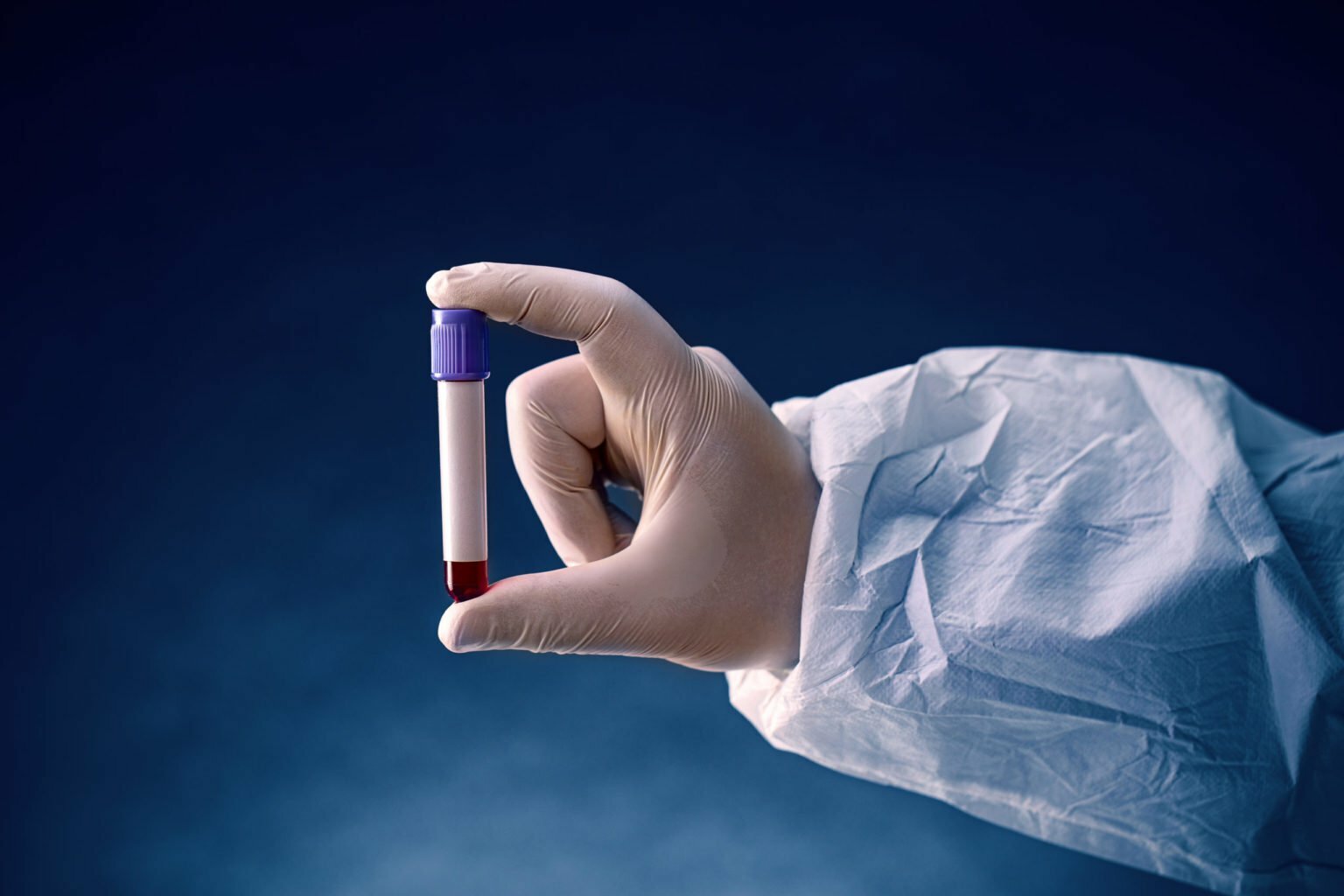Have you ever wondered how medical professionals collect blood samples? The process is called phlebotomy, and it is an essential part of modern healthcare. In this article, we will explain the basics of phlebotomy, what to expect, and how it is done. Keep reading to learn more.
What are the skills necessary to be a successful phlebotomist?

Phlebotomy technicians, also known as phlebotomists, are responsible for drawing blood from patients. This is a critical role in the medical field as blood samples are used for a variety of tests and procedures. Phlebotomists must have excellent customer service skills to ensure that patients remain calm and comfortable during the process. They must also be able to work quickly and efficiently to minimize wait times for other patients. In addition, phlebotomists must be knowledgeable about the anatomy and physiology of the human body in order to correctly locate veins and insert needles. They must also be skilled in infection control protocols to prevent the spread of disease.
What are some of the supplies used in phlebotomy?
Phlebotomy is the process of drawing blood from a patient for diagnostic or therapeutic purposes. Phlebotomists are healthcare professionals who are specifically trained to perform this procedure. The supplies used in phlebotomy include needles, syringes, tourniquets, gauze, and collection tubes.
Needles come in a variety of sizes and shapes, depending on the type of blood draw being performed. Syringes are typically used to aspirate blood from a vein or to collect urine specimens. Tourniquets are used to temporarily occlude circulation in an arm or leg so that a vein can be more easily accessed. Gauze is used to cleanse the skin around the puncture site and to absorb any excess blood. Collection tubes come in different sizes and colors and are used to hold collected specimens until they can be processed by a laboratory technician.
What should you expect when you go for a blood draw?

When you go for a blood draw or your home phlebotomy service arrives, the phlebotomist will first ask you to provide identification. They will then clean the area where they will be drawing your blood with an alcohol pad. A tourniquet is then applied to your arm to help make the veins easier to see and a needle is inserted into one of the veins. The phlebotomist will then pull back on the plunger of the syringe to see if they have hit a vein. If they have, they will begin to draw your blood. Once they have collected enough blood, they will remove the needle and apply pressure to the site where it was inserted in order to stop any bleeding.
How do I prepare the patient for blood collection?
Prior to any blood draw, phlebotomists typically ask patients to provide information about their health history and current medications. This helps them determine if the patient has any conditions that could affect the test results or if they are taking any medications that could complicate the procedure. Patients may also be asked to fast for a certain period of time before their appointment so that their blood can be drawn more easily.
When it’s time for the actual blood draw, phlebotomists typically use one of two methods: venipuncture or capillary puncture. Venipuncture involves inserting a needle into a vein in the arm while capillary puncture uses a smaller needle to collect blood from tiny veins near the surface of the skin. Whichever method is used, phlebotomists take special care to ensure that patients are comfortable and feel no pain during the procedure. They also take measures to prevent infection and safeguard against potential complications.
Overall, the basics of phlebotomy are important to understand. They include what to expect during the procedure and how it is done. This information can help patients feel more comfortable and prepared when they go through the process.




